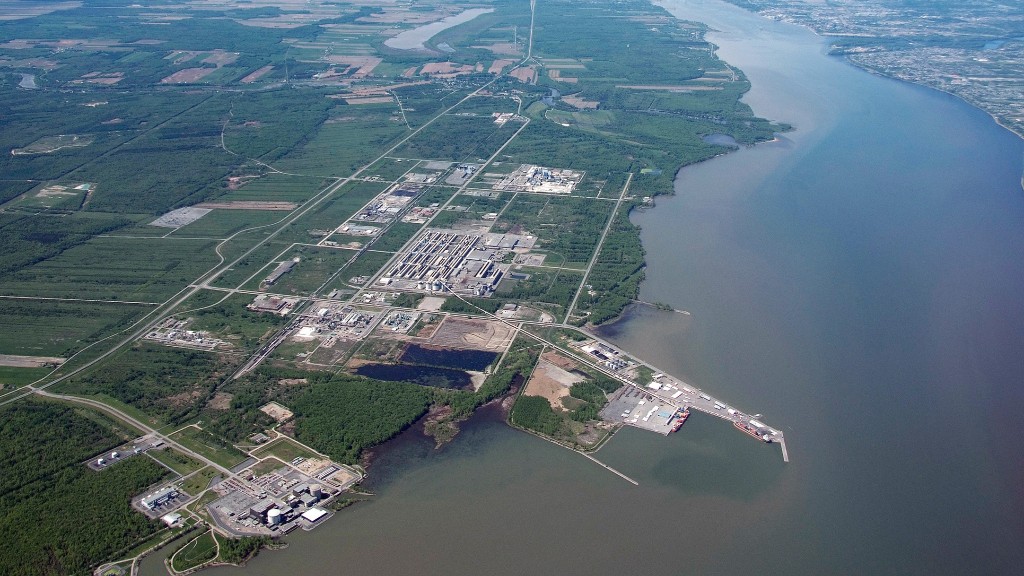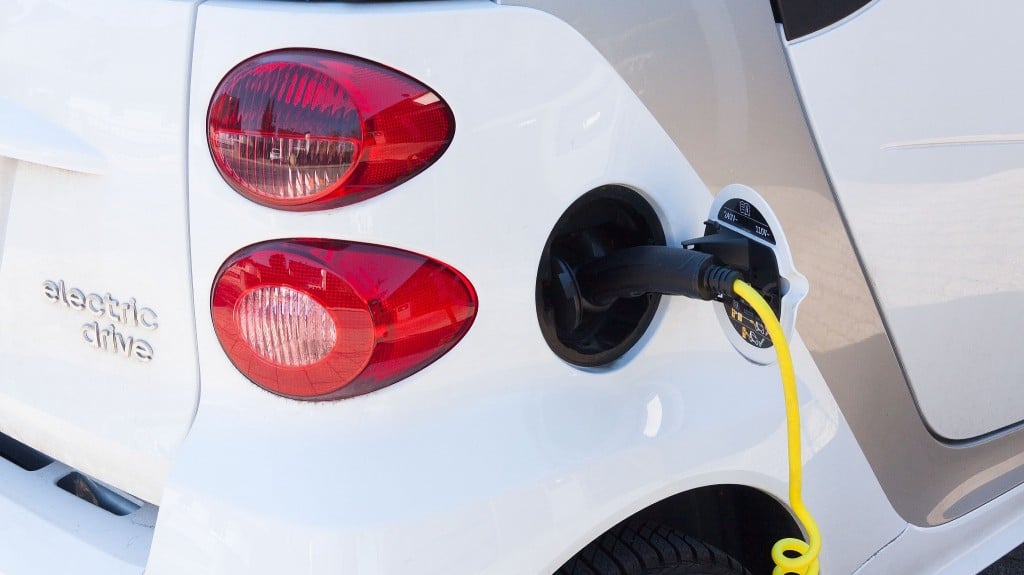BASF to expand North American battery material manufacturing and recycling with new Canadian facility

BASF has signed an agreement to secure land for its future cathode active materials (CAM) and recycling site in Bécancour, Quebec, Canada, as part of its commitment to support North American producers in their transition to e-mobility. A regional supply chain is critical to ensure a reliable battery materials supply chain.
The investment is intended to enhance BASF's CAM production footprint in North America by complementing its existing manufacturing sites. The new site allows for ample space to expand up to 100 kt of CAM per year with the potential for a fully integrated precursor cathode active materials (PCAM) supply. The site will also be well connected to BASF's global metal sourcing network with the provision for a nickel and cobalt intermediates base metal refinery and recycling of all battery metals (including lithium). The opportunity for potential future upstream investment integration supports BASF's strategy to build an integrated, closed-loop battery materials ecosystem in key regions.
Project planning is progressing and will be subjected to necessary approvals. BASF targets project commissioning in 2025.
"With new investments in electric vehicles and supporting infrastructure being announced continuously in North America, we are pleased to pursue our own investment in the region," said Dr. Peter Schuhmacher, BASF president of the catalysts division. "This land acquisition is a necessary prerequisite to further advance our strategy to grow our footprint in key regions to better serve our customer's operations with sustainable and reliable local supply. We look forward to supporting the e-mobility transition in the United States, Canada, Mexico, and beyond."
With an ideal location along the Saint Lawrence River between Montreal and Quebec City, the new site offers favourable conditions for efficient logistics and it would rely on competitive hydropower to further reduce the carbon footprint of its products compared to the industry average.



